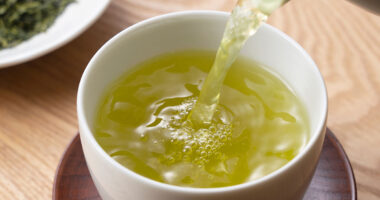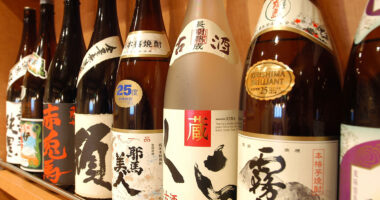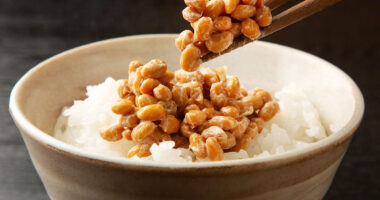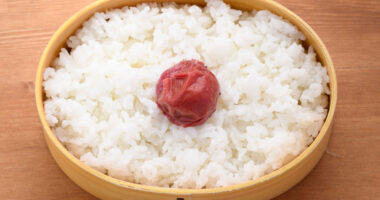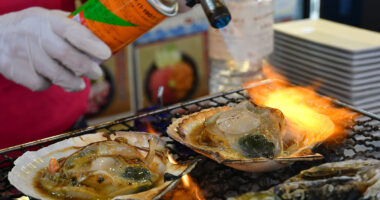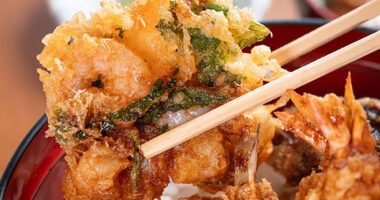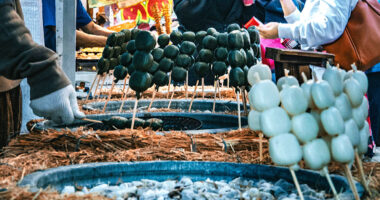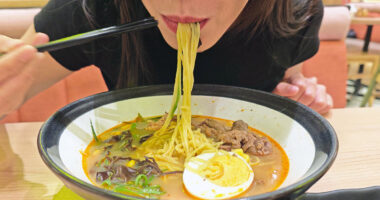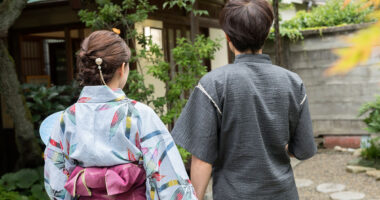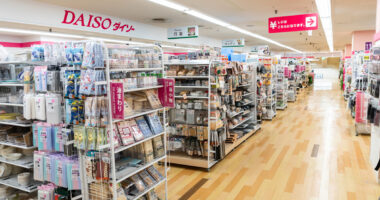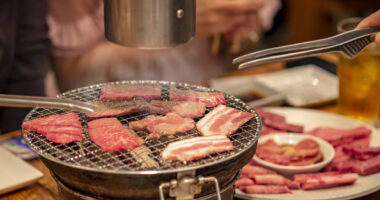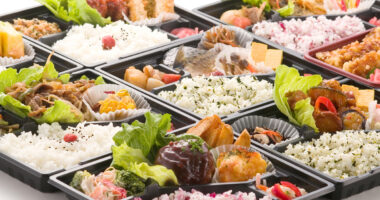
Shibuya vs Shinjuku for Shopping: Which Tokyo District Suits Your Style and Budget?
Tokyo has no shortage of shopping districts, but with so many neighborhoods to explore, it helps to know what each one does best. Shibuya and Shinjuku are two of the city’s busiest retail hubs—both packed with options, but each with its own character. They cater to different styles, budgets, and shopping habits, so understanding what sets them apart can help…
